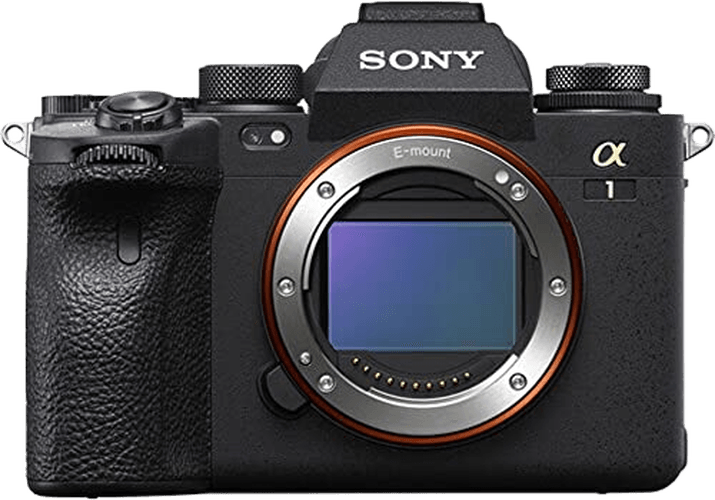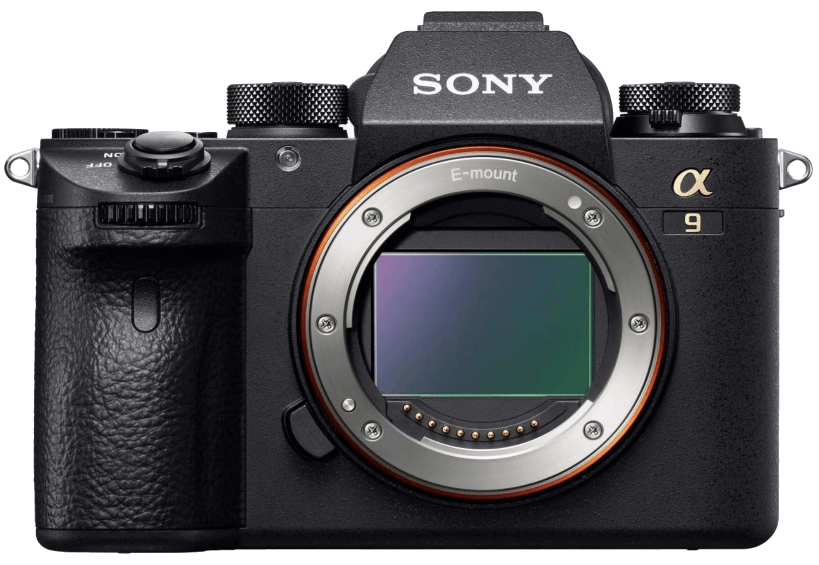Sony a1 vs a9 Comparison
Sony a1

Sony a9

The Sony a1 outperforms the Sony a9 with a score of 86/100 compared to the a9’s 80/100. Both cameras are mirrorless and share similarities in size and weight, with the a1 measuring 129 x 97 x 81mm and weighing 737g, and the a9 at 127 x 96 x 63mm and 673g.
The a1 excels with its more recent release in 2021 and a higher launch price of $6499, indicating advanced features and technology. On the other hand, the a9, released in 2017, is more budget-friendly with a launch price of $4500.
While the Sony a1 offers improved performance and the latest technology, the Sony a9 provides a more affordable option without compromising on quality. Therefore, the choice between the two depends on individual preferences and budget considerations.
Sony a1 vs a9 Overview and Optics
The Sony a1 outperforms the Sony a9 in optics with a score of 89/100 compared to the a9’s score of 81/100. Both cameras share several specifications, including a CMOS sensor, full-frame sensor size, Sony FE lens mount, and image stabilization.
The Sony a1 excels with its 50.1 megapixels, significantly more than the a9’s 24.2 megapixels. This higher resolution allows for greater detail capture and larger print sizes. Additionally, the a1 has a faster shooting speed at 30 frames per second (fps), compared to the a9’s 20 fps. This makes the a1 more suitable for capturing fast-moving subjects and action scenes. The a1 also features a more advanced dual Bionz XR processor, resulting in faster processing and improved image quality. Furthermore, the a1 boasts a higher DXOMARK sensor score of 98, indicating better overall image quality and low-light performance than the a9’s score of 92.
On the other hand, the Sony a9 still offers respectable optics performance with its 24.2-megapixel resolution, 20 fps shooting speed, and Bionz X processor. While not as advanced as the a1, these features make the a9 a reliable option for various photography needs.
Considering the differences in specifications, the Sony a1 emerges as the superior camera in terms of optics. With its higher megapixel count, faster shooting speed, improved processor, and higher DXOMARK sensor score, the a1 provides better image quality and performance. However, the Sony a9 remains a viable option for photographers who do not require the advanced features of the a1 and seek a more budget-friendly alternative.
Sony a1 vs a9 Video Performance
The Sony a1 outperforms the Sony a9 in video capabilities with a score of 86/100 compared to the a9’s 56/100. Both cameras share some common specifications, such as the lack of built-in time-lapse functionality. However, the Sony a1 boasts superior video features that contribute to its higher score.
The Sony a1’s most significant advantage is its maximum video resolution of 8K (7680 x 4320) compared to the Sony a9’s 4K (3840 x 2160) resolution. This difference allows the a1 to capture more detail, resulting in higher-quality videos. Additionally, the a1 supports a maximum video frame rate of 120fps, while the a9 only reaches 30fps. The higher frame rate enables the a1 to produce smoother, more fluid video footage, especially when capturing fast-moving subjects or creating slow-motion effects.
Despite its lower score, the Sony a9 still has some strong points. Its 4K video resolution is adequate for most users, providing high-quality footage suitable for various purposes. Moreover, the a9’s lower maximum video frame rate of 30fps may be sufficient for general use, particularly for those not focused on fast-action or slow-motion videography.
The Sony a1 clearly excels in video capabilities, with its higher resolution and faster frame rate making it a superior choice for videographers seeking top-notch performance. On the other hand, the Sony a9’s 4K resolution and 30fps frame rate are suitable for everyday use and may be sufficient for those not prioritizing advanced video features. Ultimately, the a1’s superior video performance justifies its higher score, while the a9 remains a viable option for users with less demanding video requirements.
Sony a1 vs a9 Features and Benefits
The Sony a1 and the Sony a9 both receive an identical feature score of 83 out of 100. This score reveals that the two cameras possess many similar specifications and capabilities.
Both the Sony a1 and the Sony a9 have a 3-inch screen size, a screen resolution of 1,440,000 dots, and touchscreen functionality. Additionally, both cameras feature a flip screen, GPS, WIFI, and Bluetooth capabilities. These shared specifications make both cameras highly competitive and appealing to photographers and videographers alike.
Despite their equal feature scores, the Sony a1 surpasses the Sony a9 in certain aspects. The a1 offers faster continuous shooting, higher resolution, and advanced video capabilities, making it more suitable for professional photographers and videographers who require top-of-the-line performance.
On the other hand, the Sony a9 has a longer battery life and a more affordable price point, making it a better option for hobbyists and semi-professional users who prioritize battery life and budget-friendly options.
Considering these factors, the Sony a1 is a better choice for professionals who need advanced features and high-performance capabilities. The Sony a9, with its longer battery life and lower price, is a more suitable option for enthusiasts and semi-professionals who prioritize value for money. While both cameras have identical feature scores, their individual strengths cater to different user needs and preferences, making each camera a solid choice depending on the photographer’s specific requirements.
Sony a1 vs a9 Storage and Battery
The Sony a1 outperforms the Sony a9 in storage and battery with a score of 73/100, compared to the a9’s 65/100. Both cameras share common specifications, such as two memory card slots and the NP-FZ100 battery type. However, there are crucial differences that set them apart.
The a1’s advantage lies in its compatibility with both SD and CFexpress Type A memory cards, providing greater flexibility in storage options. Additionally, the a1 offers USB charging, making it more convenient for charging on-the-go.
On the other hand, the Sony a9 offers a longer battery life, with 650 shots compared to the a1’s 530 shots. This may be beneficial for extended shooting sessions. Nevertheless, the a9 lacks USB charging capabilities.
In comparing storage and battery, the Sony a1 takes the lead due to its versatile memory card compatibility and convenient USB charging feature. However, the Sony a9’s longer battery life may be attractive to some users.
Sony a1 vs a9 – Our Verdict
Are you still undecided about which camera is right for you? Have a look at these popular comparisons that feature the Sony a1 or the Sony a9:

